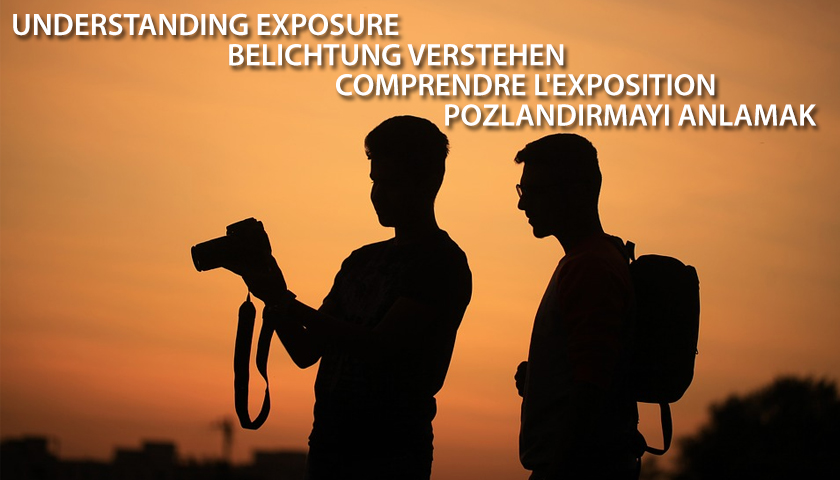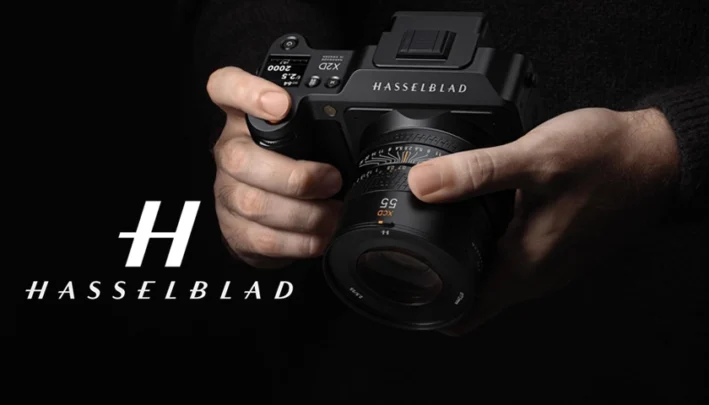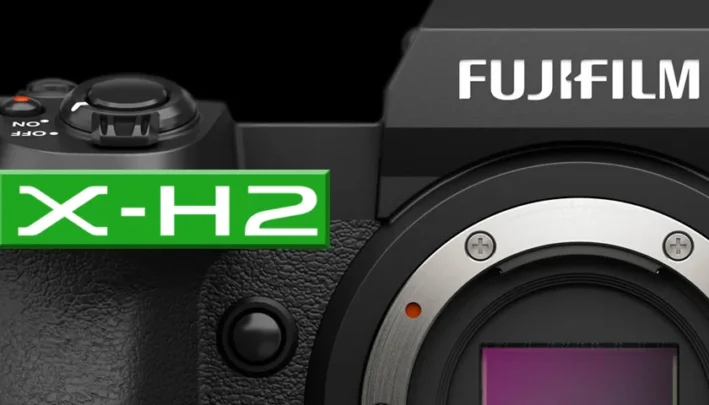Hits: 23
UNDERSTANDING EXPOSURE
Learn how to control the three variables that determine the exposure of a photograph
APERTURE
Adjust the lens to allow more or less light through When you focus on a point, there is an area in front and behind the point that also appears sharp. This is the depth of field. It can be changed by the lens aperture. A wide aperture lets more light in and produces a limited plane of focus. A narrow aperture restricts the light and records a greater expanse of sharpness. Aperture sizes are referred to as f-numbers, like f/1,4.
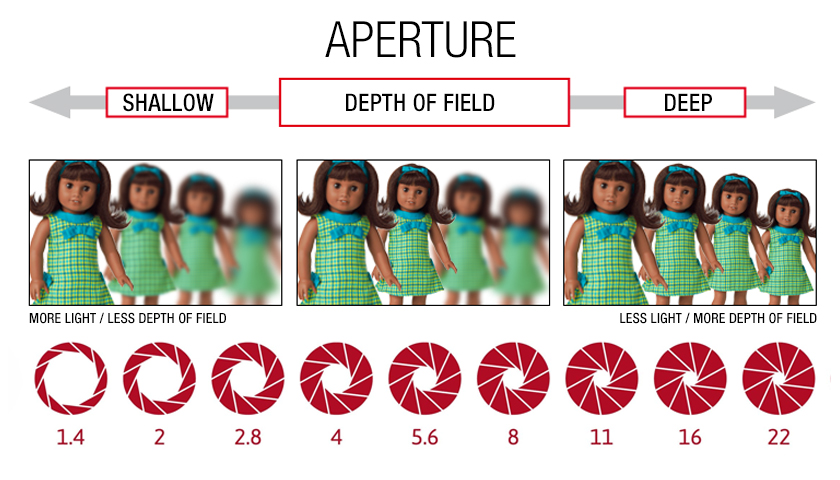
f/2.8 IDEAL FOR PORTRAITS
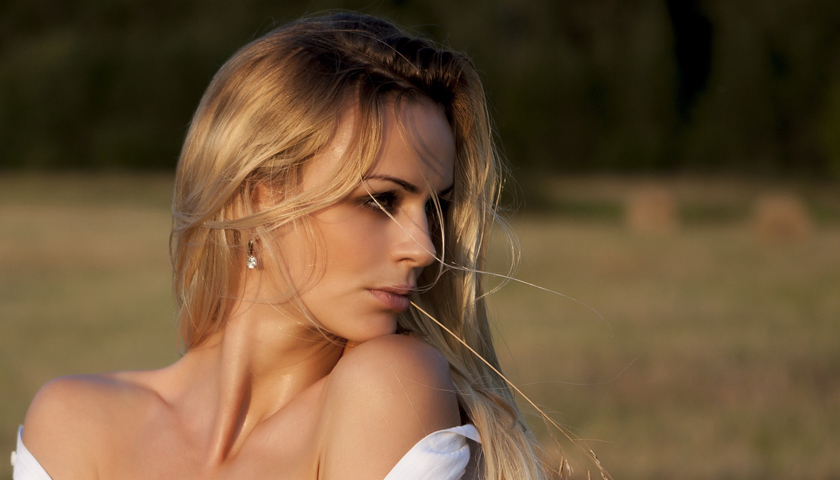
f/8 IDEAL FOR OUTDOOR ACTION
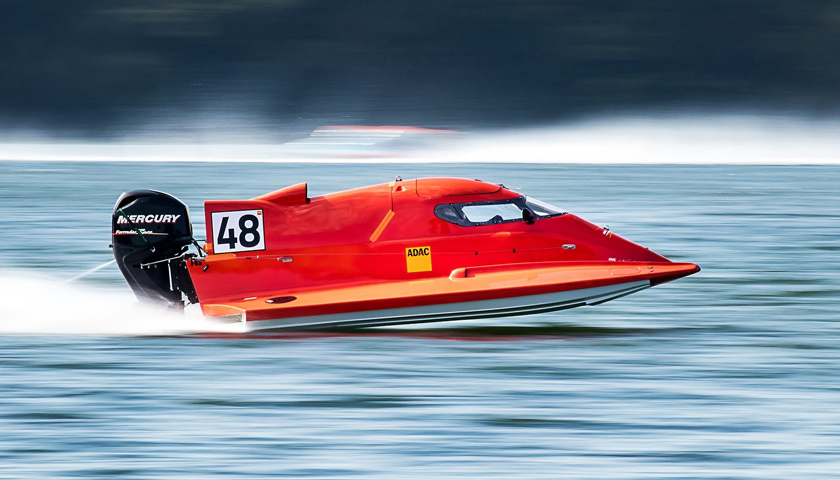
f/16 IDEAL FOR LANDSCAPES
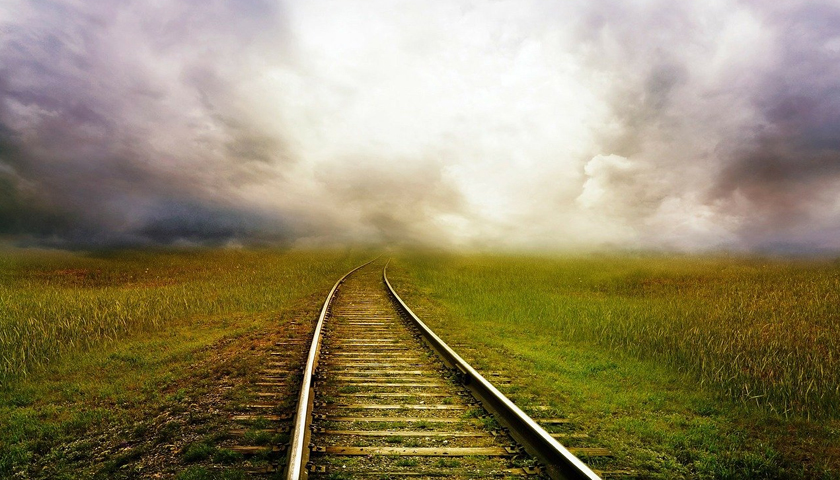
ISO
This setting controls sensitivity to light
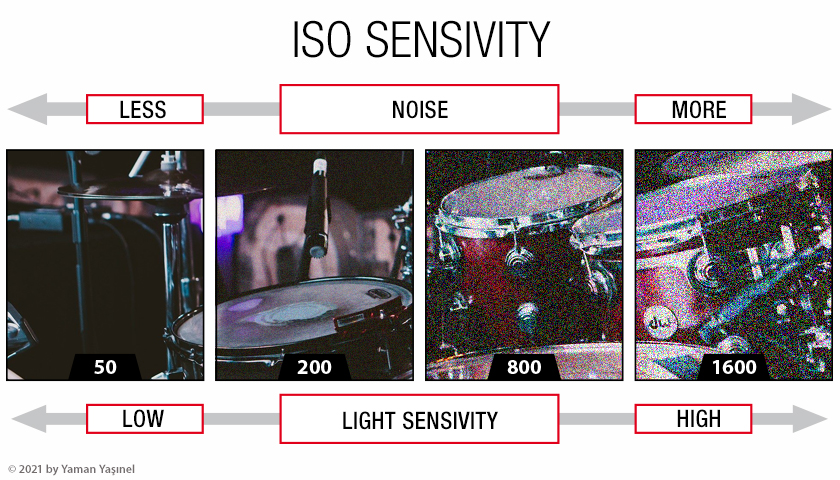
A sensor is sensitive to the light that hits it. You can adjust the ISO sensitivity to make the sensor require more or less light in order to capture a correctly exposed image. In lower light, increasing the ISO will mean that less light is required for a correct exposure. However, increased sensitivity comes at a price: visual ‘noise’, which deteriorates the image quality. At a lower sensitivity like ISO 100, the sensor requires more light but produces a higher-quality image with less noise. In general, use the lowest possible ISO, but don’t worry about pushing it up as high as 1,600 or more if the light levels require it: modern digital cameras have become very good at handling noise.
SHUTTER SPEED
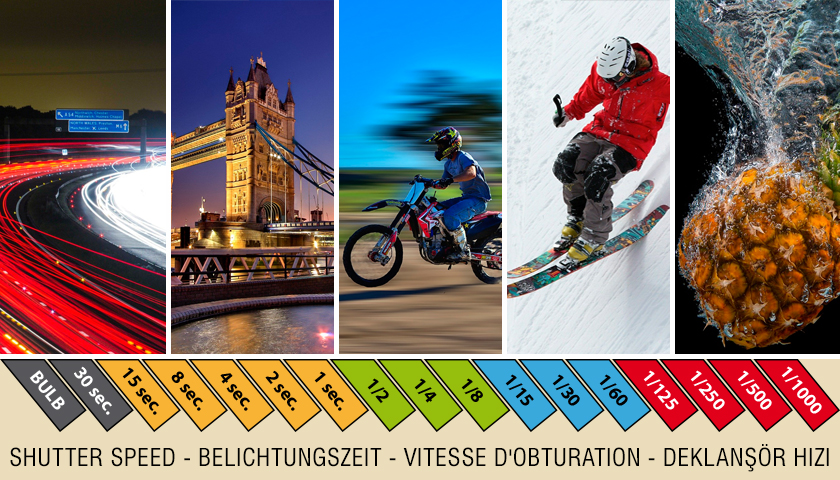
This determines the length of time the sensor is exposed to light
An exposure has to last for a certain length of time; that time is determined by the shutter speed. The shutter is a type of curtain that sits in front of the sensor and opens to allow light through. In combination with the aperture, the shutter speed lets you control the amount of light that enters the camera. Choosing a shutter speed becomes more important when there is movement in the scene: you may want to use a high speed to freeze the action, or a lower speed to intentionally blur the motion.
4 SEC IDEAL FOR LIGHT TRAILS: Long-exposure photography opens up a new world of creativity – use a very slow shutter speed to create images like this.
1/60 SEC IDEAL FOR HANDHELD: This shutter speed will freeze slow-moving subjects when you’re shooting handheld using medium apertures like f/5.6 or f/8.
1/1,000 SEC IDEAL FOR WILDLIFE: You’ll need to shoot at speeds like this to capture the action of fast-moving subjects, especially while using wide apertures.
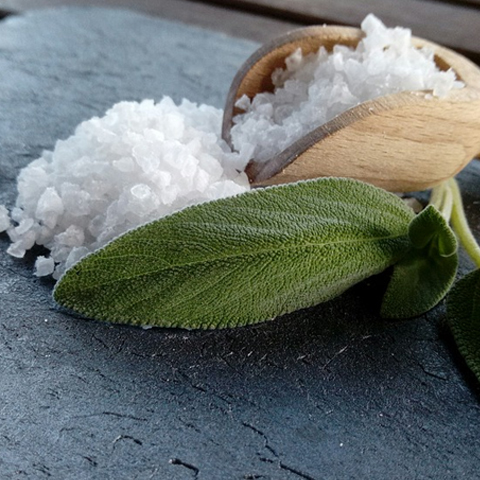
For situations when you want the most noise-free images. Perfect when shooting in controlled conditions using a tripod.
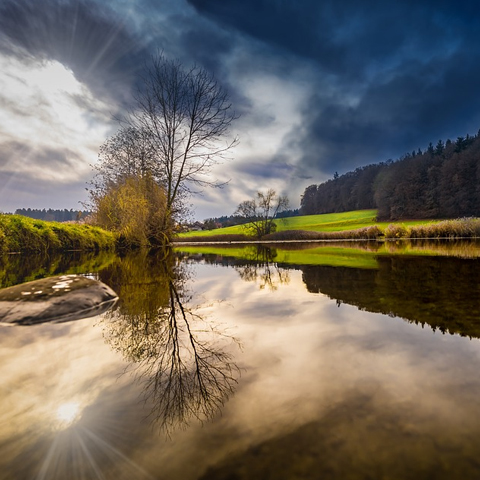
Landscape photography is all about capturing detail. This setting works well for shooting overcast daylight scenes.

To shoot indoors without flash, try ISO 1,600. Modern digital cameras will still produce good image quality at this setting.
THE EXPOSURE TRIANGLE
How aperture, shutter speed and ISO work together in perfect harmony? Imagine that aperture, shutter speed and ISO are three sides of a triangle. If you alter one element, you have to compensate by adjusting at least one of the other two. For example, a wide aperture and a short shutter speed might produce the same exposure as a narrow aperture with a longer shutter speed, but the resulting images will look different.

Widening the aperture allows more light through, so you compensate either with a short shutter speed to keep the flow of light brief, or a low ISO to make the sensor less sensitive to the light that hits it. The longer the shutter is open, the more light shines through. To prevent overexposure, compensate either by narrowing the aperture to stem the flow of light, or by lowering the ISO to make the sensor less sensitive to light. A narrow aperture restricts the flow of light and produces images with greater depth of field. Allowing less light in means you have to use longer shutter speeds or increase the ISO.

